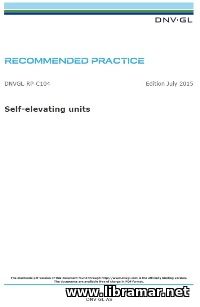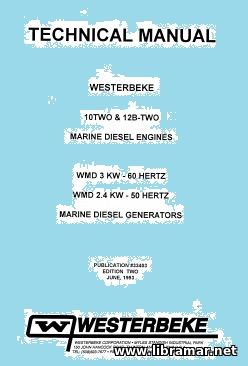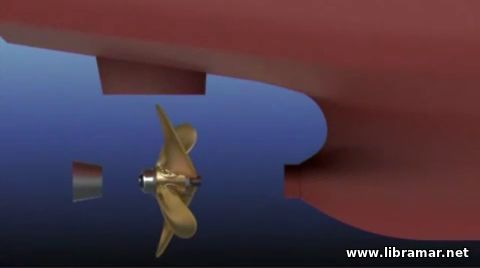DNV—GL — SELF—ELEVATING UNITS

| Author(s) | DNV-GL |
| Publisher | DNV-GL |
| Date | 2015 |
| Pages | 103 |
| Format | |
| Size | 3 Mb |
| D O W N L O A D | |
The present DNV GL released recommended practice contains official recommendations to be considered when performing strength analysis of the main structures of jack-up offshore units. The hull of the modern self-elevating platform usually rests on three or four legs, commonly vertical. Some special designs feature tilted legs - this is done to provide higher stability when the unit is elevated.
A drilling slot is normally cut in the aft side of the main deck, however some designs have the drilling derrick cantilevered over the unit's side. There are two bottom support concepts. Most of the self-elevating units have separate legs supported by the spud cans while other rigs have their legs connected to a huge mat preventing excessive penetration.
The present document will provide general information on the design features of the jack up rigs including general principles and stress design. The authors have paid attention to the environmental conditions to be taken into consideration as well as the design loads including deformation, environmental and accidental loads, global response analysis, structural strength and fatigue strength, accidental strength dealing with the damaged condition of the structure, stability analysis and requirements to the air gap. In the appendix you will find the simplified model of the lattice leg.
The "Read Later" function allows you to add material to this block with just one click. Just click on the icon and read the articles that interest you at any convenient time.


